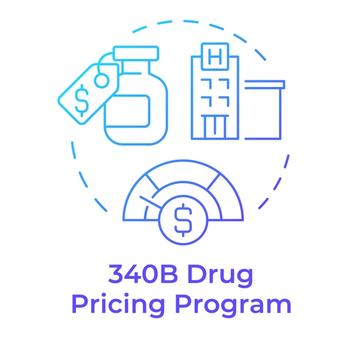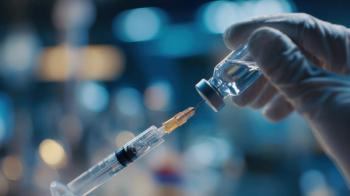
Oral naproxen, sumatriptan provides comparable post-emergency department recurrent headache relief
For patients experiencing headache recurrence within 48 hours of an emergency department discharge, naproxen 500 mg or sumatriptan 100 mg taken orally relieves recurrent primary headache (including migraine, tension type, and cluster headaches) pain comparably, according to a report published in a recent issue of Annals of Emergency Medicine.
For patients experiencing headache recurrence within 48 hours of an emergency department (ED) discharge, naproxen 500 mg or sumatriptan 100 mg taken orally relieves recurrent primary headache (including migraine, tension type, and cluster headaches) pain comparably, according to a report published in a recent issue of Annals of Emergency Medicine.
Benjamin W. Friedman, MD, lead author on the paper, reported, “The majority of the nearly 3 million headache patients who present to US emergency departments annually are experiencing an acute exacerbation of a primary headache disorder.” He continued, “Management of these post-discharge headaches is variable and rarely studied. The aim of this study was to compare oral naproxen with oral sumatriptan to determine which agent relieves post-ED recurrent headache more efficaciously.”
To evaluate the trial’s primary aim, researchers randomly assigned a total of 410 patients who had received therapy for an acute exacerbation of a primary headache (n=174 with migraine) in the emergency department to receive either naproxen 500 mg or sumatriptan 100 mg for pain control of recurrent headache. The primary trial end point was the between-group difference in change in pain intensity during the 2-hour period after ingestion of study medication as measured on a validated 11-point verbal numeric rating scale. Satisfaction with the medication and headache-related impairment also were assessed.
Of the 410 patients randomly assigned, 280 (73%; 95% CI, 68%–77%) reported headache post-ED discharge and 196 (51%; 95% CI, 44%–58%) took their assigned trial medication. The naproxen group improved by a mean of 4.3 numeric rating scale points, whereas the sumatriptan group improved by 4.1 numeric rating scale points (95% CI for difference of 0.2 numeric rating scale points: -0.7 to 1.1 numeric rating scale points). When questioned, 71% (95% CI, 62%–80%) of those receiving naproxen and 75% (95% CI, 66% to 84%) of those receiving sumatriptan stated they were satisfied with their medication and would want to take the same medication in a similar situation in the future.
When the 88 migraine patients with available data were evaluated separately, researchers saw similar results to the overall primary headache analysis (4.3 vs 4.2 numeric rating scale points; 95% CI for difference of 0.1 numeric rating scale points: -1.3 to 1.5 numeric rating scale points).
“Because the headache relief obtained with these 2 medications was similar (differing by only 0.1 to 0.2 points on an 11-point scale, with narrow CIs demarcating these differences), we conclude that either agent is a reasonable treatment option.” In turn, the researchers emphasized, “Clinicians deciding which medication to prescribe for recurrence can therefore be guided by considerations such as costs, contraindications, adverse effects, and a patient’s previous overall experience with the medication.”
Results of secondary end points analyses were also similar between the naproxen and sumatriptan treatment groups, including the proportion of patients stating they were not impaired by recurrent headache pain after treatment (3%; 95% CI, 11%– 16%) and the proportion of patients categorizing their pain as moderate to severe 2 hours post-treatment (1%; 95% CI, 11%–135%). As with the primary end point, analysis of secondary end points in the migraine only subgroup revealed similar results.
The researchers noted, “Unfortunately, approximately one-quarter of patients who took the study medications for treatment of headache recurrence after ED discharge continued to experience moderate or severe headache.” In such situations the researchers suggested combining naproxen with sumatriptan or adding an oral antiemetic dopamine agonist as reasonable therapeutic option for patients with unrelieved recurrent headache.
All authors stated they had no conflicts of interest to disclose. This study was not funded by the pharmaceutical industry.
Newsletter
Get the latest industry news, event updates, and more from Managed healthcare Executive.



















































